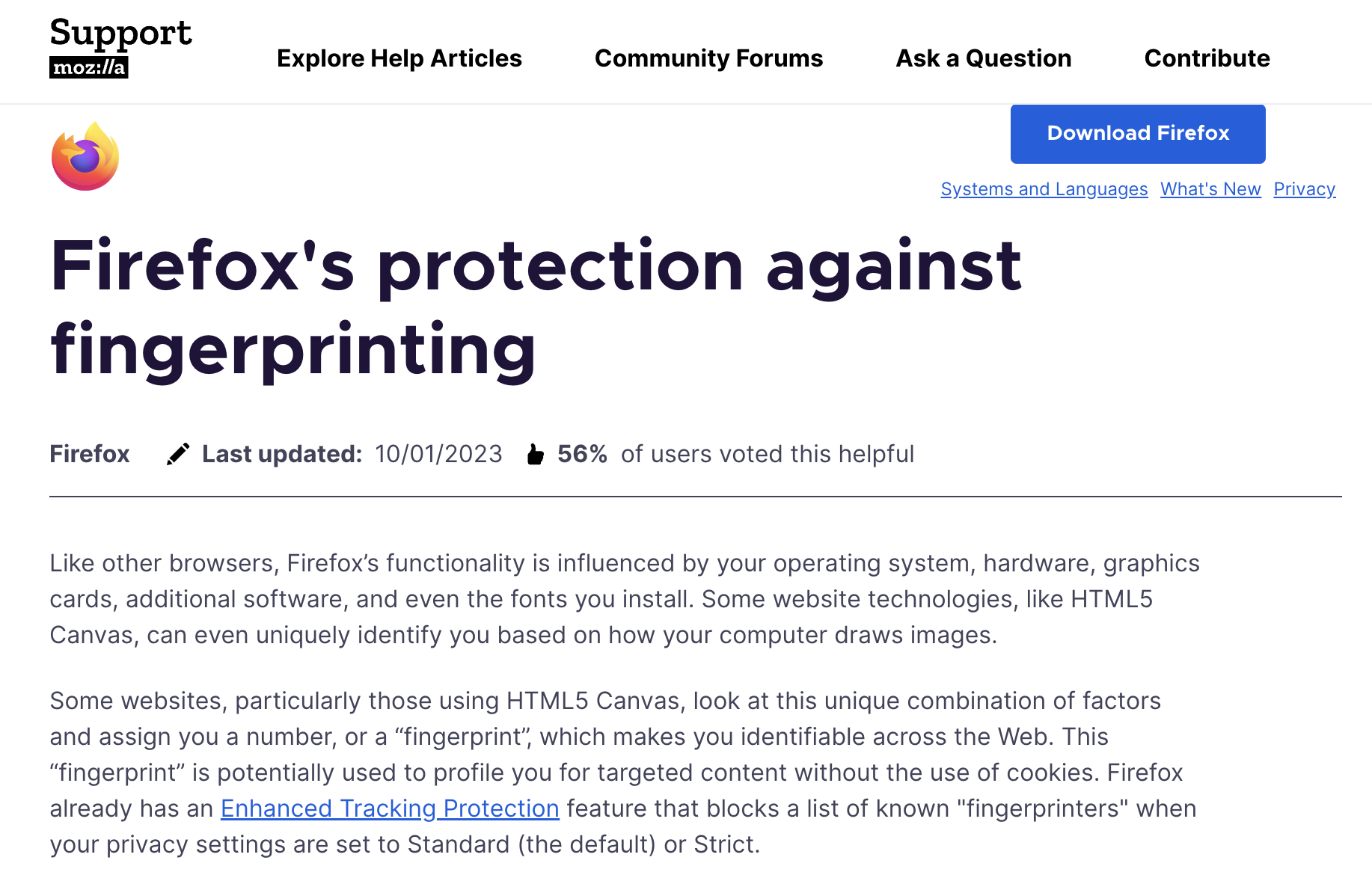Fingerprinting: the privacy trade-off B2B marketers shouldn’t make
As a CTO who’s built and scaled technology teams at Trustpilot and advised Google, I’ve experienced the power of digital fingerprinting firsthand.
At Trustpilot, we leveraged it to combat review fraud, but even then, privacy concerns loomed large. With GDPR and other stringent privacy laws now in place, the challenges have only intensified.
Today, as the co-founder of Dreamdata, I’m acutely aware of the delicate balance between leveraging data for growth and upholding user privacy, which is why we’ve developed a robust first-party tracking infrastructure.
In this blog post, I’m going to unpack the complexities of fingerprinting in tracking, explore its impact on end-users and businesses, and why first-party data collection, not fingerprinting, is the future.
Fingerprinting: a huge privacy concern
Without user consent, fingerprinting creates a unique identifier for each user by collecting a combination of device and browser attributes. This allows for persistent tracking across websites and sessions, even without cookies.
While this might sound like a B2B marketer’s dream, it’s a privacy nightmare for users.
Why Fingerprinting is bad for end-users
Persistent tracking without consent
Fingerprinting enables companies to follow users across the web, often without their explicit consent, violating their right to privacy.Difficulty opting out
Unlike cookies, which can be easily cleared, fingerprints are difficult to block or manage, limiting user control over their online data.Potential for discrimination
Fingerprinting can be used to create detailed user profiles, opening the door to discriminatory practices such as targeted advertising and differential pricing.
Legal and commercial risks for companies
Fingerprinting’s implications extend beyond user privacy. Fingerprinting also poses significant risks for businesses. For instance:
Non-compliance with Privacy laws
GDPR, CCPA, and other privacy regulations impose strict requirements on the collection and processing of personal data. Using fingerprinting without a clear legal basis can result in hefty fines and legal action.
Reputational damage
As a result of users’ increased privacy-consciousness, companies caught misusing fingerprinting risk damaging their reputation and losing customer trust.Technical challenges
The major browsers like Chrome, Safari, and Firefox are actively blocking fingerprinting techniques.Chrome is not only empowering users to limit third-party cookies but is also limiting fingerprinting through measures such as restricting access to browser APIs used for fingerprinting and implementing user-agent reduction.
Safari’s Intelligent Tracking Prevention (ITP) actively blocks many fingerprinting techniques. See how here →
Firefox offers Enhanced Tracking Protection to thwart fingerprinters and other trackers. See how here →
These measures protect user privacy but also mean that tracking scripts relying on fingerprinting are increasingly likely to be blocked or deliver inaccurate data.
Why is fingerprinting still being considered?
Given all this, it’s fair to ask why fingerprinting is still being considered.
While fingerprinting has its drawbacks, it also offers some benefits that make it attractive to B2B marketers who are unaware of its privacy implications. These are primarily:
Cross-device tracking
It can help stitch together user journeys across multiple devices, providing a more holistic view of customer behavior.Fraud prevention
Fingerprinting can be used to detect and prevent fraudulent activities like account takeovers and fake reviews.
However, these benefits must be weighed against the significant privacy risks and the growing challenges posed by browser restrictions which I’ve already covered.
So what is the alternative for B2B marketers looking to overcome cross-device challenges in a privacy-sensitive way? First-party data.
First-Party Data: The future of ethical B2B tracking
The future of tracking lies in first-party data collection, where companies collect data directly from their users with explicit consent through their own digital properties.
It includes actions such as website visits, content downloads, webinar registrations, and email interactions.
Because first-party data is directly collected and owned by your organization, it is highly relevant and specific to your offerings and so a very accurate source of intent signals. More about intent data here →
First-party data also provides the most accurate level of enrichment. By introducing identifiers in relevant forms, you will know the Contact, Company, Action and Timestamp of actions.
All while being fully privacy compliant.
In summary, this approach offers several advantages:
Transparency and control: Users have greater control over their data and can make informed choices about sharing it.
Accuracy and reliability: First-party data is collected directly, reducing the risk of errors and inaccuracies.
Compliance with Privacy Laws: When done correctly, first-party data collection aligns with privacy regulations and fosters trust with users.
Key Takeaways for B2B Marketers
My view is clear. The future of marketing lies in transparency, trust, and user empowerment. By adopting a privacy-first approach to data collection, you can achieve sustainable growth while respecting individual privacy.
So for any B2B commercial team out there considering their tracking options, here’s four things I would recommend you bear in mind.
Prioritize first-party data
Shift your focus to collecting data directly from your users through transparent and ethical means.Obtain explicit consent
Ensure you have a clear legal basis for processing user data, including fingerprinting, if absolutely necessary.Explore privacy-enhancing technologies
Consider alternative solutions like differential privacy and federated learning to gain insights without compromising user privacy.Stay informed
Keep abreast of evolving browser policies and privacy regulations to ensure your tracking practices remain compliant and effective.




